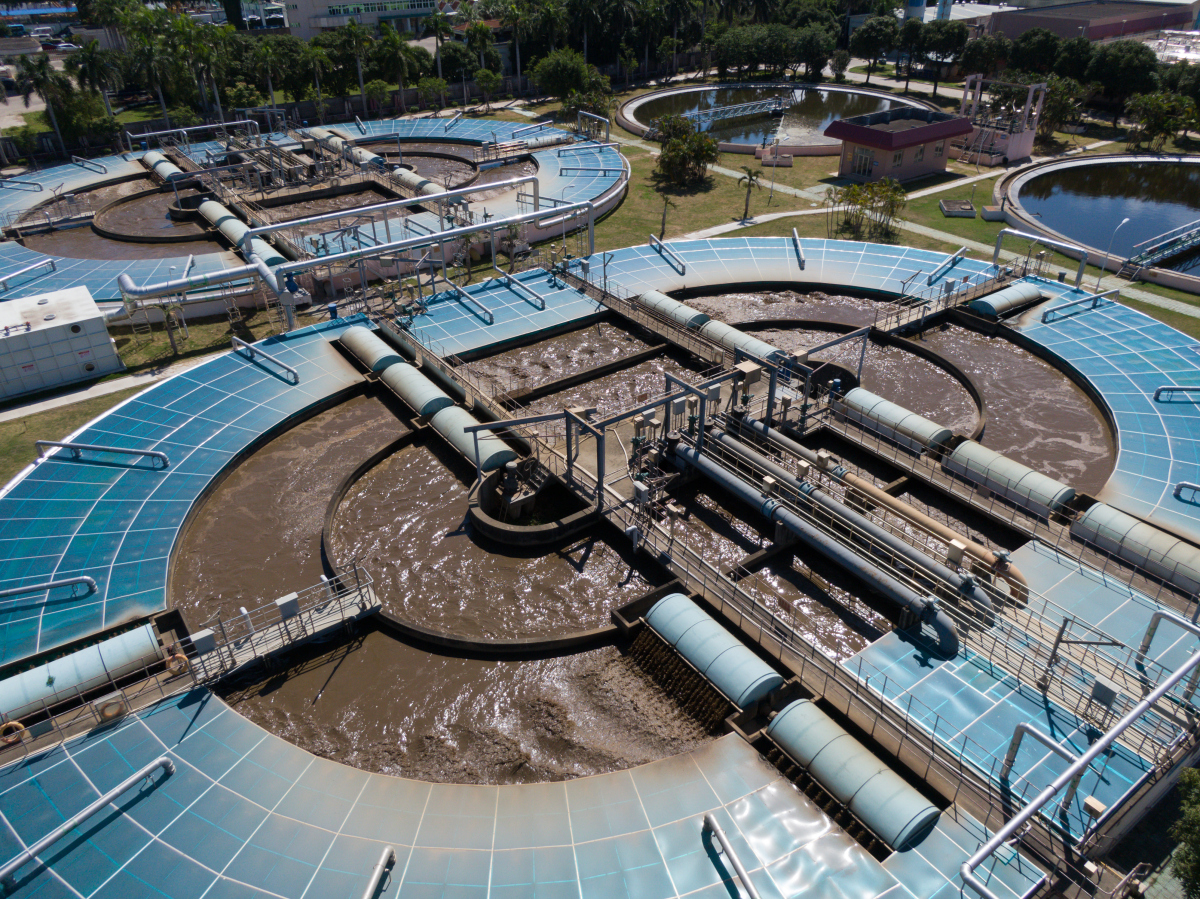Sludge dehydration is an important part of the sewage treatment process. Its purpose is to effectively remove the water in the sludge, so that the amount of sludge is less, and the disposal costs and land space are reduced. In this process, the selection of Flocculant is the key, and PolyDADMAC, as an efficient Cationic Polymer flocculant, is playing an increasingly important role.
Firstly, we need to understand the composition and properties of sludge. Sludge is mainly solid sediment produced during sewage treatment. It contains complex components such as organic debris, microbial groups, inorganic particles and colloids. The suspended solids in the sludge are negatively charged and repel each other, while water fills the middle of the suspended solids, so the initial water content of the sludge can reach 95%.If this sludge is not treated in time, it will cause secondary pollution to the environment. Therefore, how to effectively carry out sludge dewatering has become an important issue in the field of sewage treatment.
In the sludge dewatering process, Flocculants for sludge dewatering is an important influencing factor. The flocculant aggregates the tiny particles in the sludge into larger particles through electrical neutralization, adsorption bridging, etc., accelerating its sedimentation and dehydration process. As a chemical product specially used in wastewater treatment and sludge dehydration, PolyDADMAC performs well in sludge dehydration due to its unique molecular structure and charge density.
The molecular structure of PolyDADMAC gives it high charge density and excellent adsorption properties. During the sludge dehydration process, PolyDADMAC can quickly adsorb on the surface of sludge particles, reduce the repulsive force between particles through electrical neutralization, and promote the formation of larger flocs between particles. At the same time, the molecular chains of PolyDADMAC can also form an effective network structure, trapping multiple sludge particles together, squeezing water out from between the sludge particles, and forming clumps that are easy to dehydrate, so that the water volume can be reduced to 60-80% or even lower, and the volume can be reduced by 75-87%.
Compared with traditional inorganic flocculants, PolyDADMAC has a higher molecular weight and charge density, giving it stronger flocculation ability. In addition, PolyDADMAC has excellent dissolution performance, is easy to use, and does not produce secondary pollution. PD itself does not produce sedimentation like alum, so the amount of additional sludge can be reduced.These advantages make PolyDADMAC have broad application prospects in the field of sludge dewatering.
The molecular structure of PolyDADMAC gives it high charge density and excellent adsorption properties. Multiple cationic groups on its molecular chain can react with anionic groups on the surface of sludge particles to form stable ionic bonds, resulting in strong adsorption. This adsorption not only helps to reduce the repulsion between particles, but also helps to form larger flocs.
In addition to the molecular structure and charge properties of PolyDADMAC, its concentration and dosage are also important factors affecting the sludge dehydration effect. Within a certain range, as the concentration of PolyDADMAC increases or the dosage increases, the dewatering performance of sludge can be improved. However, too high a concentration or dosage may lead to the opposite effect, resulting in colloid protection, which in turn reduces the dehydration effect. Therefore, in practical applications, testing and optimization need to be carried out according to the specific sewage treatment system and sludge properties to determine the optimal PolyDADMAC concentration and dosage.
Post time: Sep-26-2024


